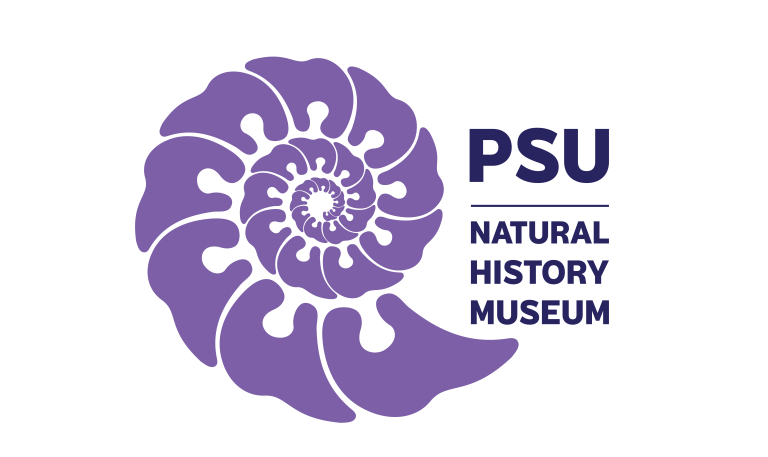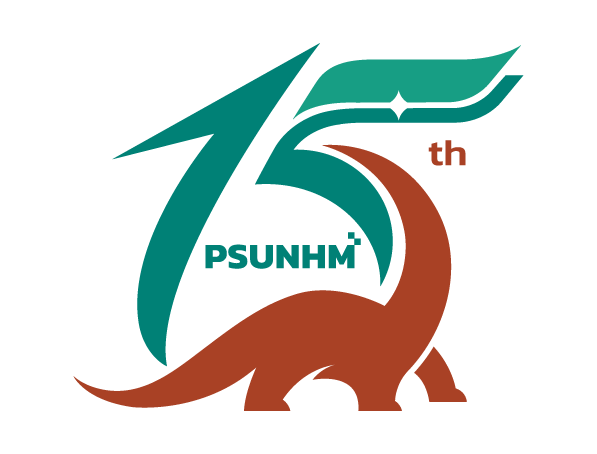



ป่าสาคู มักพบในพื้นที่ชายฝั่งและพื้นที่ชุ่มน้ำ มีบทบาทสำคัญในการสนับสนุนความหลากหลายทางชีวภาพและให้หลักประกันความมั่นคงทางอาหารให้กับชุมชนท้องถิ่น นักวิจัยจาก ม.อ. นำโดยนางสาวอวัศยา พิมสาย และดร.พิพัฒน์ สร้อยสุข ได้ดำเนินการวิจัยเกี่ยวกับระบบนิเวศป่าสาคูในภาคใต้ของประเทศไทย ผลการวิจัยที่สำคัญ ได้แก่:
การเป็นแหล่งอาศัยของสัตว์ป่า: ป่าสาคูเป็นที่อยู่อาศัยของสัตว์ป่าหลากหลายชนิด นักวิจัยพบนก 112 ชนิด สัตว์เลี้ยงลูกด้วยนม 31 ชนิด สัตว์เลื้อยคลาน 28 ชนิด สัตว์สะเทินน้ำสะเทินบก 16 ชนิด และปลา 48 ชนิด นอกจากนี้ ยังเป็นบ้านของแมลง 178 ชนิด และแพลงก์ตอนสัตว์ 73 ชนิด (โรติเฟอร์และคลาโดเซอราน) นอกจากต้นสาคูซึ่งเป็นพืชเด่นแล้ว ทีมวิจัยยังพบพืชอื่น ๆ ทั้งหมด 426 ชนิด
ป่าสาคูยังเป็นหนึ่งในแหล่งอาหารสำคัญของชุมชนท้องถิ่น แป้งสาคูที่สกัดจากลำต้นของต้นสาคูเป็นแหล่งอาหารที่มีคุณค่าทางโภชนาการและมีความหลากหลาย สามารถใช้ทำขนม บะหมี่ เค้ก และอาหารอื่น ๆ ผล เมล็ด และใบของต้นสาคูยังเป็นแหล่งอาหารที่มีคุณค่าสำหรับสัตว์หลายชนิดด้วย
การบริการทางนิเวศ: ป่าสาคูสามารถช่วยปกป้องพื้นที่ชายฝั่งจากการกัดเซาะและความเสียหายจากพายุ ป่าดูดซับก๊าซคาร์บอนไดออกไซด์จากบรรยากาศ ช่วยบรรเทาการเปลี่ยนแปลงสภาพภูมิอากาศ สามารถช่วยกรองและทำให้มีคุณภาพน้ำที่ดีขึ้นสำหรับทั้งมนุษย์และสัตว์ป่า
แต่แม้จะมีความสำคัญ ป่าสาคูก็เผชิญกับภัยคุกคาม เช่น การตัดไม้ทำลายป่า การเก็บเกี่ยวเกินขนาด และการเปลี่ยนแปลงสภาพภูมิอากาศ การอนุรักษ์เป็นสิ่งสำคัญเพื่อปกป้องระบบนิเวศที่มีคุณค่าเหล่านี้และรับประกันประโยชน์อย่างต่อเนื่องสำหรับทั้งสัตว์ป่าและชุมชนท้องถิ่น
Sago palm forest: a home to wildlife and local food security
Sago palm forests, often found in coastal and wetland areas, play a crucial role in supporting biodiversity and providing food security for local communities. PSU researchers, led by Ms Awatsaya Pimsai and Dr Pipat Soisook, have been conducting research on Sago palm ecosystems of southern Thailand. Key findings include:
Habitat for Wildlife: Sago palm forests provide habitat for a wide range of wildlife, including 112 species of birds, 31 mammals, 28 reptiles, 16 amphibians, and 48 fishes. In addition, it is also home to 178 species of arthropods and 73 zooplankton (rotifer & cladoceran. Besides Sago palm, which is the dominated plant, the team found 426 species of plant in total.
Sago palm forest is also one of key ‘food sources’ for the local community. Nutrient-rich food: Sago starch, extracted from the sago palm trunk, is a nutritious and versatile food source. It can be used to make bread, noodles, cakes, and other dishes. The fruits, seeds, and leaves of sago palm trees offer a valuable food source for many animal species as well.
Ecosystem Services: Sago palm forests can help protect coastal areas from erosion and storm damage. The forests absorb carbon dioxide from the atmosphere, helping to mitigate climate change. It can help filter and purify water, improving water quality for both humans and wildlife.
Despite their importance, sago palm forests are facing threats such as deforestation, overharvesting, and climate change. Conservation efforts are essential to protect these valuable ecosystems and ensure their continued benefits for both wildlife and local communities.





